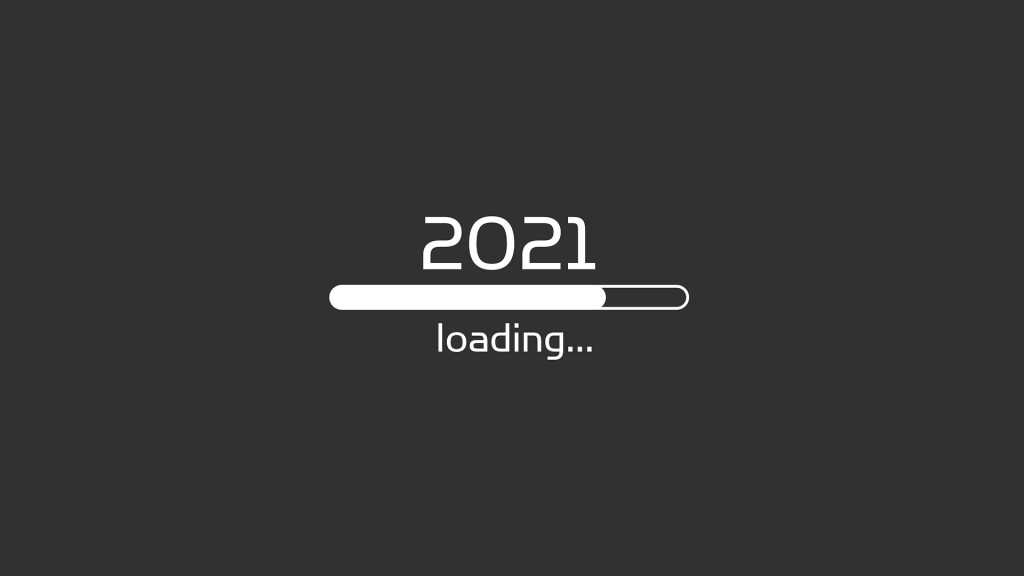Inclusive design: language, accessibility, and diversity
It’s a bit weird to place inclusivity as one of the top trends for 2021, because producing accessible content shouldn’t be a trend. It should be an ongoing process that concerns everyone involved in product design. So let’s hope that it’s a trend that’s here to stay, because there’s no quick fix that we can learn once and be done with.
What can we do as individuals if we want to avoid excluding groups on the grounds of gender, disability, or race? I’m definitely no expert on the subject, but I can share a few useful resources I have come across recently:
- The state of accessibility (UX Podcast episode)
- Mismatch (book by Kat Holmes)
- Cross-cultural design (book by Senongo Akpem)
Also, keep an eye out for UX Writing Hub’s upcoming online events. There will be one about inclusive language in July 2021, for example.
The most important thing is that we keep learning and start talking about these things.
Localization and UX translation
Globalization may have taken a hit by COVID-19, but zillions of digital products continue to be produced and launched in multiple languages. To ensure a pleasant experience in all markets, it’s a really good idea for localization experts and UX writers to collaborate.
If you work on the English version of such products, it’s best to write your copy with localization in mind. Metaphors, cultural references, and puns are notoriously hard to translate, for example. If you can’t get rid of such stylistic features without killing your own text, be sure to communicate well with the translators to help them write something that makes sense to their local audiences.
Tip to learn more: Start with the articles the Ultimate Guide To Working With Localization Specialists and 4 reasons why localization experts are a perfect match for UX writing.
We also recommend our online event Localization 101 for UX writers with Patricia Gomez-Jurado, head of content design at King, on 14 January 2021. If you miss it, you can still access the event by becoming a UX Writing Hub member.
Copy management tools
The growth of UX writing and its sister discipline content design has led to a need for new tools. Figma was a groundbreaker five years ago, as it was the first time UX writers could work on copy directly in the design tool.
Still, Figma didn’t solve everything. Managing different versions of UX copy in projects can be challenging, and for many people copy docs has been a savior. The thing is that Word documents were not made for this purpose, which makes it more of a workaround than an ideal solution.
Now there is hope thanks to new copy management tools such as Frontitude. I haven’t tried it myself but it sure sounds like a dream.
Conversation design for chatbots and voice interfaces
Chatbots may not have the best reputation at the moment, but it does look like things are about to change. There is good reason to believe that both chatbot technology and voice interfaces are about to hit a new level of usability.
Most of today’s chatbots are rule-based, which means that they follow a set script. And even more advanced AI-based chatbots need a great deal of human input. This is great news for UX writers, as there will be a need for people who can write the scripts. Whilst conversation design is not the same as UX writing or content design, the fields are close enough for a smooth transition.
Want more? Read the article What is conversation design or check out thesepodcast episodes:
- Interview with Hans Van Dam at Robocopy
- Is voice interfaces the future of UX writing?
- How to design a bot in 2020
AI-infused writing
In addition to chatbots and voice assistants, artificial intelligence is hard at work on numerous other applications. Not to mention that there are robots who can produce decent articles.
What does this mean for everyone who writes for a living? Only time will tell, but for now we can simply enjoy technology to aid our writing. Thanks to AI-driven writing assistants like Wordtune, Grammarly, and Gmail’s auto-complete feature, we can already produce text easier, faster, and with fewer mistakes.
In the near future, perhaps we will save hours by letting a program spit out a first draft and we’ll simply focus on making it our own. More time to walk the dog, put our feet up in front of Netflix, or why not write more articles 🙂

UX writing for legal texts
The UX writing mantra “clear, concise, and useful” seems to be making its way outside the boundaries of microcopy. More and more people react to privacy policies, terms and conditions, and cookie messages that make no sense except to the people who wrote them.
Plain writing is far from a new thing, but it does seem that UX writing can help to spread its practice to digital products.
Get lots of useful tips about how to cooperate with the legal team in the webinar Content Design for legal content.
Content development
As if there aren’t enough confusing titles for writers in the tech industry already, say hello to content development. A content developer approaches content production in a similar way to a UX writer: by basing their work on content strategy, research, testing, and SEO.
You could say that content development has adopted best practices from UX and applies them to web content in general, from blog articles and newsletters to instructional videos and marketing material.
Learn more about content development:
Style trend: Go easy on the “whoops”
In the early days of UX writing, a “whoops!” error message felt new and refreshing. As the field has grown, so has the number of whoopsies – to the point that it is getting tiring and predictable.
A general piece of advice to keep in mind is to be careful with over-enthusiastic UX copy. Make it your top priorities to be 1) clear and 2) consistent with the style guide and brand voice. Also remember to take the user’s likely state of mind into account in a given situation – is the error message likely to cause stress or concern, for example?
For more UX writing style tips, check out the article 10 Key Ingredients of Top-Notch UX Writing.
UX professionals in executive positions
Already in 2013, the Harvard Business Review predicted the rise of UX-centric CEOs à la Steve Jobs. With a growing demand for UX managers, the prediction seems to have come true.
This is great news for many reasons, not the least because the need to evangelize our profession will be minimal in companies led by people who get UX. So here’s hoping that 2021 will be the year that more writers in tech will also spread to top management positions.
A few articles on the subject:
More remote UX writing positions
Last but not least, the pandemic is changing how we work. As collaboration across teams is such an important part of UX writing, remote work used to be rare. In 2020, teams had to find new ways to cooperate out of necessity, and it does seem to work pretty well for most companies in the industry.
A positive side effect of a generally lousy situation is that we can look forward to a more flexible workscape in the future for everyone, including UX writers.
Check out UX Writing Hub’s 3-step guide to going remote and this podcast interview with UX writer Li-Na Koh at Zapier, a company that was set up remotely from the start.
That was our 10 predictions for 2021 – what did we miss?
Thanks Yuval for your input on this article!


